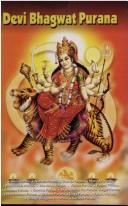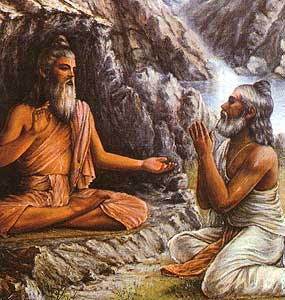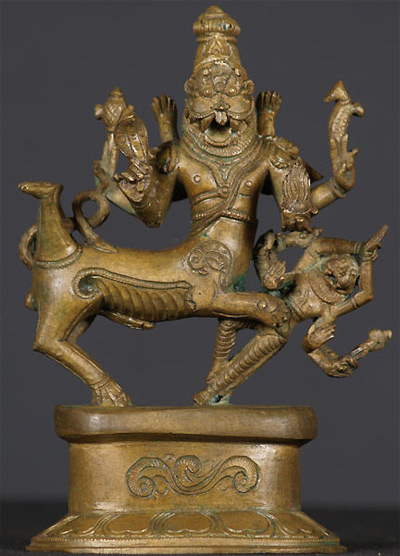
In Indian mythology, it is believed that many different types of beings inhabit the universe. Some of these beings are benevolent towards humans and others malevolent.
Some of the beings which form a part of Indian cosmology include
Devas – Or the nature deities who oversee the natural world eg Fire, Wind, sky, earth etc. Indra is the king of these gods.
Grahas – These are planetary deities who subtly influence human life – eg Sun, Moon, Mars, Mercury, Saturn, Venus, Jupiter, Rahu and Ketu along with the asterisms.
Yakshas – These are a class of forest deities who guard the treasure of the world
Apasaras – They are celestial dancers who live in Indra’s heaven
Gandharvas – These are a class of celestial musicians who also live in Indra’s heaven
Siddhis – These are a class of perfected beings
Nagas – They are a class of snake-people who live in the underworld
Bhutas, Picashasas, Betals – These are phantom spirits that mostly live in cremation grounds
Asuras, Daityas, Danavas – These are giants and demonic beings who oppose the devas
Rakshasas – These are monstrous beings that feed on human flesh and are experts in illusion or Maya.
- Swetha Prakash







